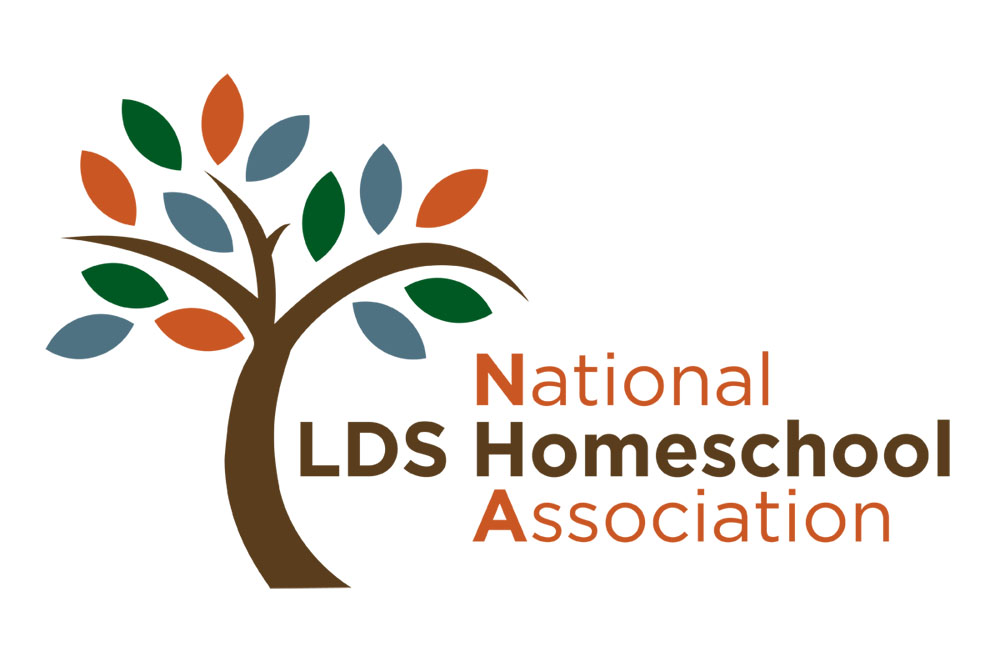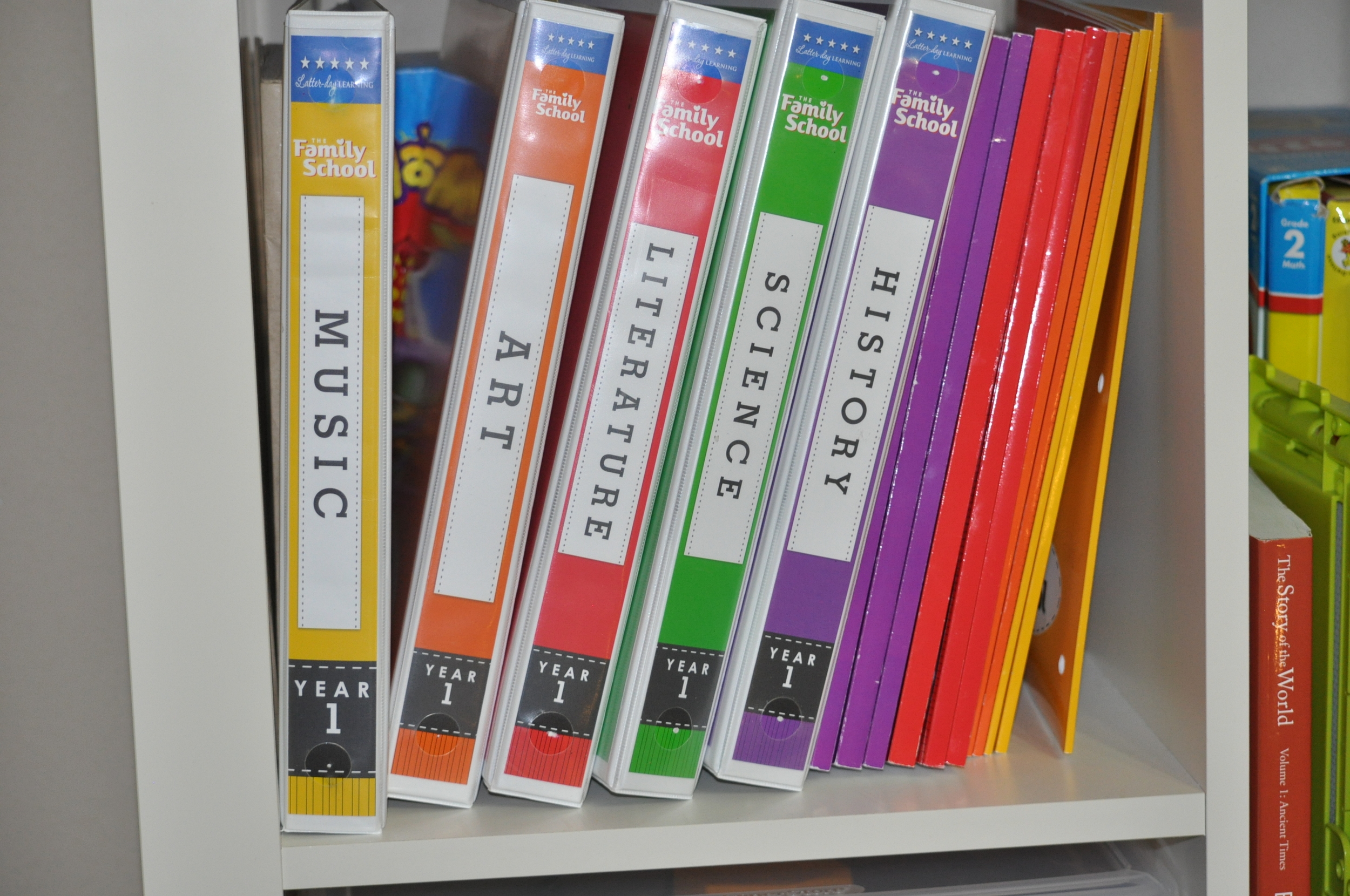When my children were younger, I dreamed of a time when I would have the entire day to clean and organize my home while the kids were at school. I would have quiet time to update our family calendar, fold laundry, make doctor appointments, pay bills, file paperwork, organize and clean out drawers, etc. The kids would come home to freshly baked cookies and a meticulously tidy home. The meal that I had ample time to prepare earlier that day would be baking in the oven as we enjoyed the afternoon together.
When we made the decision to homeschool the kids, I had to readjust my vision of what our "school days" would look like. I quickly realized that home management must be a family affair. If we were ever going to maintain any semblance of order, we were going to have to work together!
The problem was that getting my kids to work together was sometimes more difficult than doing it myself! Have you ever heard the following phrases? "That's not my mess!" "I didn't do it!" "He/She put that in my room!" "That's not fair!" It was enough to make me crazy. I felt defeated before I even began most days.
Fortunately for me, my husband, an entrepreneur and small business owner, has written the book on delegation and management. He came up with a system that has worked wonders in our home and saved me from many a nervous breakdown.
The solution:
Zone Cleaning
The idea of zone cleaning is that in addition to their own rooms, each child gets a "zone" or specified area of the house to be in charge of for the week. This can be tailored to each individual home. To give you an example I will share our current zones.
- Kitchen zone: Includes kitchen, family room, and dining area. Responsibilities include; unloading and loading the dishwasher, cleaning up clutter, and keeping the floor swept.
- Office zone: Includes our office, entry way, piano room, coat closet, and master bedroom (keeping kid items out of our room). Responsibilities include keeping these areas tidied and floors swept if needed.
- Gameroom zone: Includes our gameroom, landing, hallway, and upstairs bathroom. Responsibilites include keeping these areas clutter free and putting away toys.
*We tidy the zones during the week and scour on the weekend. On Saturday, each child is responsible for the deep cleaning chores in his zone such as; vacuuming, organizing, dusting, and cleaning bathrooms.
We divided up the areas of our home in a way that we felt was doable. Some zones are harder than others but we felt that it was okay for a child to have to work harder some weeks than others. We have a motto at our house, "There is nothing fair about house work." This is a bit tongue in cheek but we like to teach the kids that housework (and life) is not always fair and sometimes you may have to pull more weight than another person and that is okay.
The magic of zone cleaning is in the rules! Here is how it works.
If it is in your zone, you clean it. This keeps the blaming and excuses at bay. The only exception to this rule is for things that belong in a person's bedroom. It is acceptable to gather up the items in a laundry basket or other container and place it (throw it) in that person's room. This seems to be an acceptable revenge on siblings who put all of their stuff in your zone. (Isn't parenting fun)!
- You aren't finished with your zone until you have been checked out by a parent. This is crucial to the success of zone cleaning. You will be tempted to skip this step from time to time. DON'T! Set your standard high and keep it there. If there is any give in the quality of the work that is expected, the kids will sniff you out and take advantage. After a child has shown that they are responsible and have been consistent in the check out process, they get to skip the check out process. At this point, they have earned the right to be trusted at their word.
- Zone Violation: If you are caught putting things in someone's zone you will have to clean theirs too. This will keep the kids from cleaning out their zones and throwing it another zone.
Tips:
- Make it Fun: We play music every time we do zone cleaning. We dance and laugh while we clean. I think the kids actually enjoy it although they would never admit it.
- Be Consistent: It will take a few weeks or even a couple of months of training before the kids get the hang of it. Once they do, you will be able to rely on them on days that you are under the weather.
- Be patient and try to stay emotionally neutral: This one is very hard. My husband has a knack for requiring hard work without showing frustration or disapproval to the kids. It is an art to require a job well done without being mean and getting angry but it can be done.
- Treat zone cleaning as a daily habit and not a chore: When kids understand that this is not a chore or checklist but rather part of their responsibility and contribution to the family, they can take pride in their work.
Give it a try and tell me how it goes! Do you have a home management tip to share? Share your ideas on Facebook hashtag #homemanagement.








































